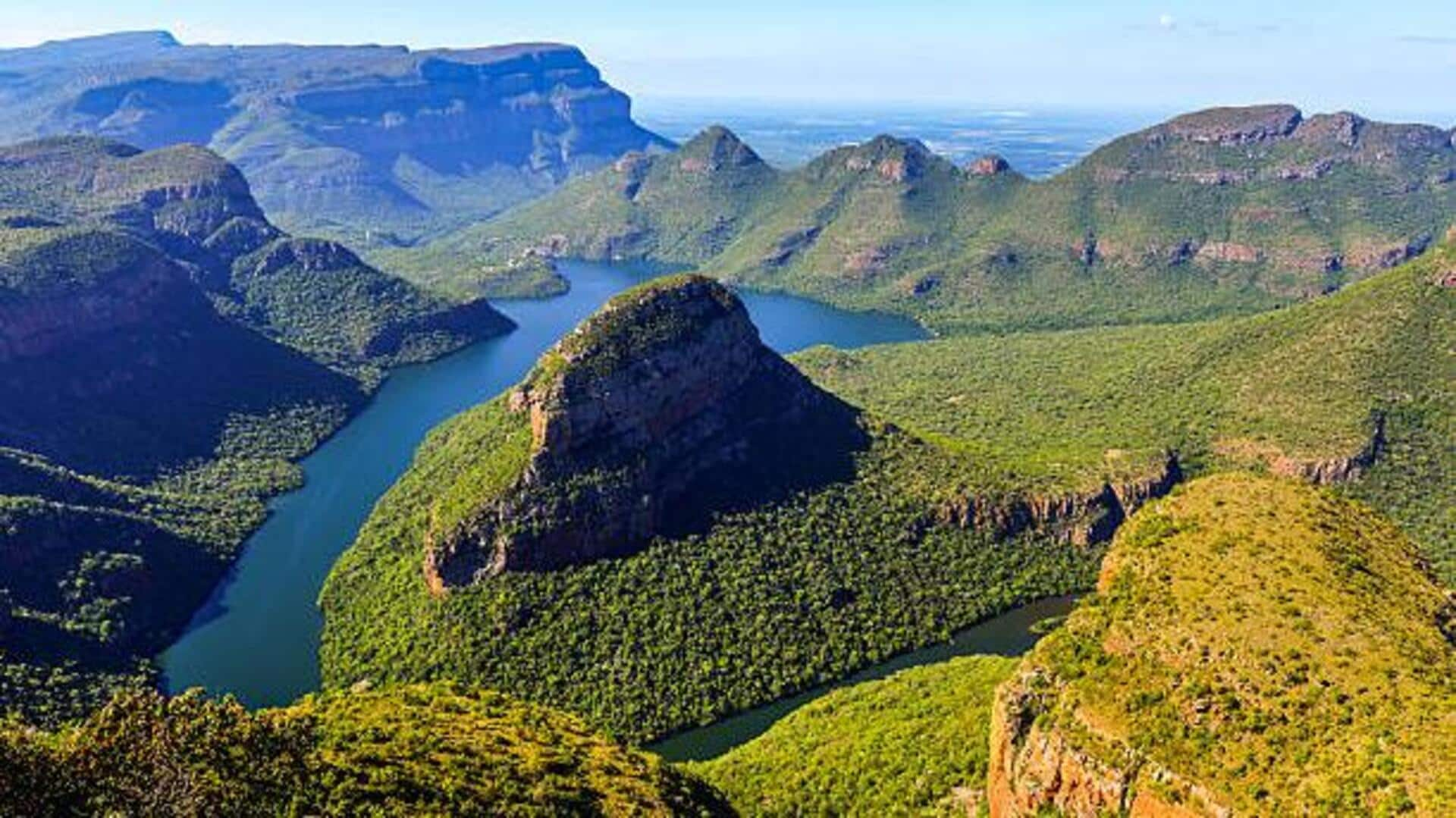
Hiking in Lesotho: Stunning canyons to explore
What's the story
Lesotho, a small landlocked country in Southern Africa, is famous for its stunning landscapes and unique hiking trails. Among the most thrilling of these are the hidden canyons, which provide an adventurous experience for the intrepid hiker. These natural wonders are not just visually stunning but also give a peek into the geological history of the region. Exploring these canyons can be an unforgettable journey for those looking to escape the beaten path.
#1
Discovering the Maletsunyane Canyon
Maletsunyane Canyon is one of Lesotho's most famous canyons. It is known for its dramatic cliffs and cascading waterfalls. The canyon offers various hiking trails that range from easy to challenging, making it suitable for both novice and experienced hikers. The views from the trails are breathtaking, with panoramic vistas of lush valleys and rugged terrain. Hikers can also enjoy birdwatching opportunities, as several species inhabit this area.
#2
Exploring the Sani Pass trails
The Sani Pass is another popular hiking destination in Lesotho. Famous for its steep gradients and winding roads, this area also features several trails that lead to hidden canyons. Hikers can expect to see diverse flora and fauna along the way, as well as stunning views of surrounding mountains. The trails vary in difficulty, making them accessible to different skill levels.
#3
Venturing into the Katse Dam area
Katse Dam is one of Lesotho's largest dams and provides a unique hiking experience around its vicinity. The area around Katse Dam has numerous trails that lead to secluded canyons with breathtaking views over the water body. Hikers can explore these trails while enjoying activities like fishing or picnicking by the dam's shores.
Tip 1
Tips for canyon hiking in Lesotho
When planning a canyon hike in Lesotho, it is important to consider weather conditions as they can change quickly in mountainous regions. Wearing appropriate clothing layers ensures comfort throughout your journey. Carrying sufficient water supplies is essential since some areas may not have access to potable water sources along the trail routes.